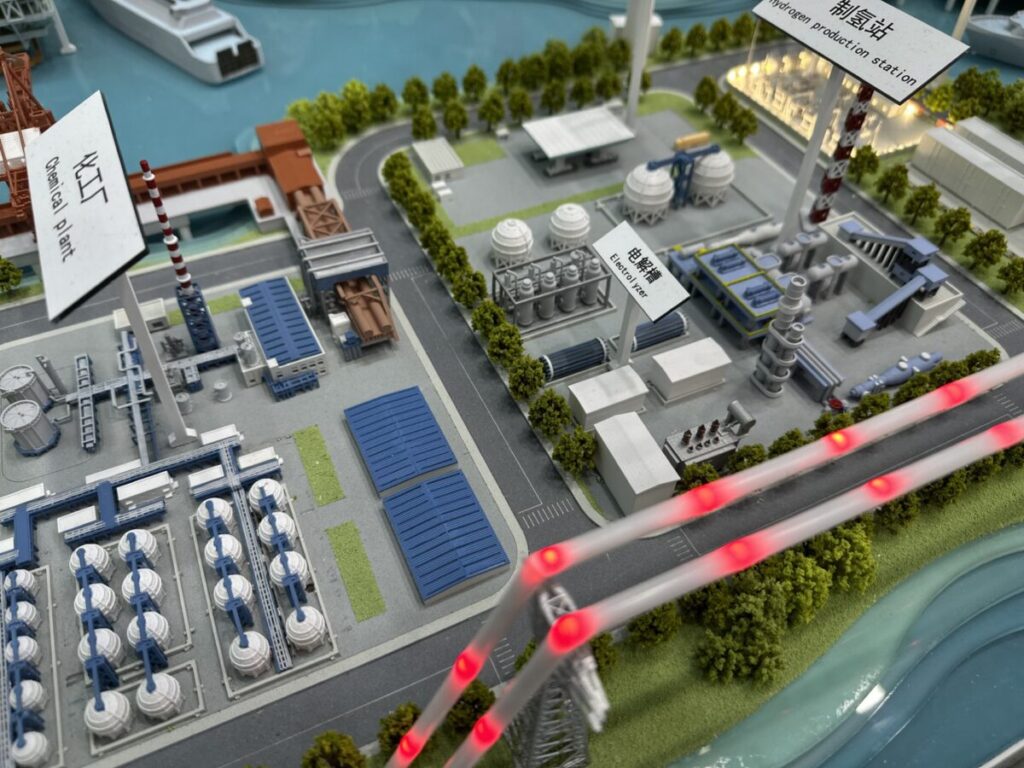New research from Saudi Arabia shows that PV, concentrated solar power (CSP) or hybrid PV-CSP systems could considerably lower the level of hydrogen. CSP offers higher capacity factors, but PV-driven electrolysis offers the lowest expected costs for hydrogen production.
Researchers from King Fahd University of Petroleum and Minerals from Saudi Arabia have studied the technical and economic feasibility of producing green hydrogen using independent PV, CSP or hybrid PV-CSP systems.
“Instead of limiting ourselves to liveled costs of the calculation and optimization of hydrogen (LCOH), we have also evaluated the environmental impact, including land use and water consumption, in the context of regional conditions,” said researcher Awad Alquaity said PV -Magazine.
The analysis of the team included conceptual design, feasibility assessment, techno-economic evaluation and environmental impact studies. They modeled green hydrogen production using fixed oxide electrolyzer cell (SOEC) electrolysis and worked independently of the power network. The study was initially aimed at Dhahran, in the eastern province of Saudi Aarabia, and later expanded to Aswan (Egy), Ouarzazate (Mar), Dubai (Are) and Rutba (IRQ).
The researchers used the optimization tool in the SAM software developed by the National Renewable Energy Laboratory (NREL) of the US Department of Energy to simulate operational and financial statistics for every sun technology.
The PV system was built with excess capacity to meet the SOEC hydrogen production needs and loading batteries with 9 hours of storage. The CSP system is designed as a solar tower with a Heliostat field, receiver, thermal energy storage and a rangine cycle-based power block.
In the first year, the PV factory produced 488.5 GWH to AC electricity, while the CSP factory generated 434.6 GWH. The CSP system had a higher capacity factor of 55.4%, compared to 24.8% for PV. However, the PV system had a lower level of energy (LCOE) for $ 0.0533/kWh, versus $ 0.0854/kWh for CSP.
This resulted in the PV system that reached a lower $ 4.23/kg LCOH compared to $ 4.95/kg for the CSP system.
The sensitivity analysis showed that LCOH is strongly influenced by changes in capital expenses and LCOE.
“An increase of 20% in Capex results in an increase of 14.8% in LCOH for the PV scenario, while an increase of 20% in LCOE leads to an increase of 8.9% in LCOH for the CSP scenario,” Alquaity said. “We have also found that CSP offers lower life cycle missions and reduced land use. However, the water consumption at CSP of 0.2 l/kWh makes it more suitable for coastal areas with water access.”
The study is detailed in the paper “Techno-economic analysis of the production of green hydrogen in Saudi Arabia: a comparative study of Solar PV and CSP technologies“Which was recently published in the International Journal of Hydrogen Energy.
“This work is one of the first in Saudi Arabia to assess hybrid PV-CSP systems for hydrogen production, insight into their viability in the Middle East and support the transition from the region to a sustainable hydrogen economy,” said Alquaity.
This content is protected by copyright and may not be reused. If you want to work with us and reuse part of our content, please contact: editors@pv-magazine.com.

